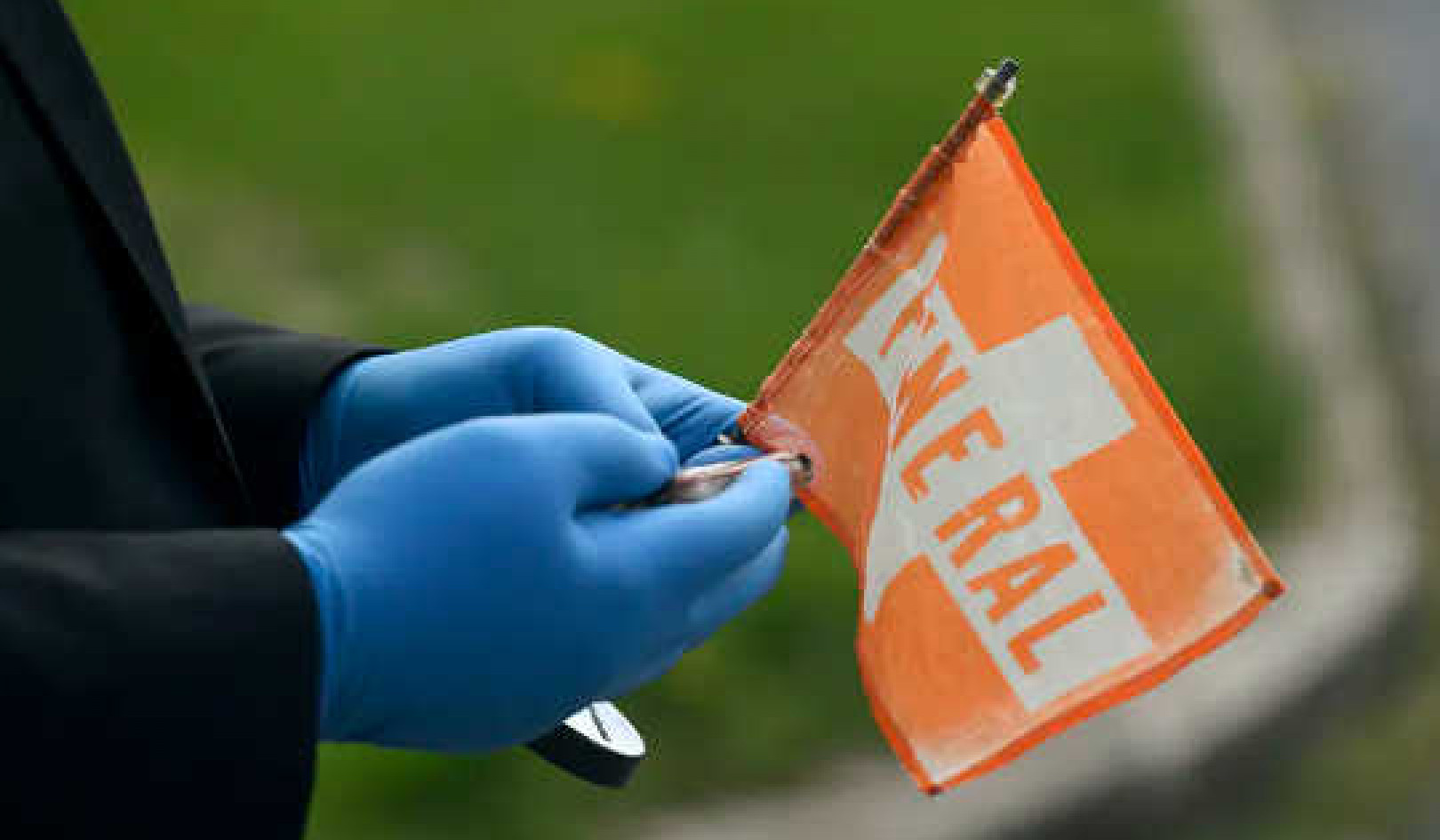'Revolutionary' treatment for birth
defect improves survival of
newborns with diaphragmatic hernia
The method doctors traditionally use to treat diaphragmatic hernia, a life-threatening birth defect, can actually worsen the lung condition and should be abandoned in favor of a "revolutionary" treatment strategy that dramatically increases the survival chances of affected newborns, University of Florida researchers report in the September 1999 issue of the Annals of Surgery.
In a comparative study of new and conventional treatments, UF pediatric surgeons report using a new technique that has allowed 23 of 25 affected newborns delivered and treated at Shands Children's Hospital at UF since 1992 to survive the defect and go home healthy and breathing on their own.
According to UF pediatric surgeon David Kays, MD, the report's lead author, the 92 percent survival rate among those 25 affected babies "is revolutionary" when compared with the national survival rate of between 50 and 60 percent.
About one in 3,500 babies in the United States are born with diaphragmatic hernia, which leaves a hole in their diaphragm muscle that allows their abdominal organs -- such as the stomach, bowels, kidney and liver -- to migrate into their chest. The defect impedes lung capacity and development and also can damage the displaced organs. Newborns who don't survive usually die during the first days or weeks of life.
"Across the country, there are a whole bunch of kids with diaphragmatic hernia who are dying," said Kays, an associate professor of pediatric surgery at UF's College of Medicine. "The main point of our research paper is that standard therapy that has been in use for about 20 years hasn't worked and, in fact, is harmful to these kids."
The new treatment features three key components: - "Gentle" ventilator therapy -- less aggressive than standard "hyperventilation" -- as an aid to the infant's underdeveloped lungs; - The use of a heart-lung machine called ECMO, short for extracorporeal membrane oxygenation, which about 40 percent of affected infants require to take over the work of their fragile organs; - Delaying corrective surgery by one to five days, allowing more time for sick newborns to recover from childbirth before the added stress of a major operation.
The most radical aspect of this new treatment, said Kays, is the elimination of hyperventilation.
"Standard therapy has been to overventilate the baby, to ask the infant's little lungs to act like big lungs. In so doing, their lungs may work well for a few hours or maybe even a few days, but eventually they will fail," Kays said. "If, on the other hand, you allow a newborn's little lungs to behave like little lungs and accept moderate amounts of ventilation, we find that the babies slowly get better and do better in the long run.
"Even a little overventilation can prove lethal, preventing a potentially survivable baby from recovering."
In the UF study, researchers examined the medical records of all newborns treated for diaphragmatic hernia since 1983 at Shands Children's Hospital, part of the Shands at UF medical center in Gainesville. A total of 89 affected infants were identified, including 60 since 1992, when Kays, a specialist in diaphragmatic hernia, introduced the new method upon his arrival at UF. The survival rate of affected babies born and treated at Shands has more than doubled -- from 45 percent to 92 percent -- since Kays and his colleagues at Shands began using the new therapy.
Kays had learned the technique from its Columbia University inventors, surgeon Charles Stolar and ventilation specialist Jen Wung, while serving a clinical fellowship there in the early 1990s. Columbia, Shands Children's Hospital at UF and Boston Children's Hospital (affiliated with Harvard) are the only neonatal centers in the nation to report results using the novel treatment.
"For a long time, people have been saying that these newborns don't have enough lung to survive. We disagree," Kays said. "In a disease where survival ultimately depends on lung function, you have to preserve every little bit of lung and lung function. The way to do that is to ventilate
them very gently."
Kays said standard hyperventilation often causes the lungs to "pop" like overinflated balloons.
Using milder ventilator therapy, "our strategy is to breathe for the babies with small breaths," Kays said. "If you don't excessively distend the lungs, they will function and recover better. "We believe babies are smarter than we are. It's our goal to augment their own respiratory drive and find a gentler ventilator strategy that is comfortable for them." The cause of diaphragmatic hernia is unknown, but it's often diagnosed during routine prenatal ultrasound examination.
Kays, whose office walls are covered with photos of his young patients who have survived diaphragmatic hernia, emphatically preaches the life-saving virtues of the improved treatment strategy. He also believes that pregnant women known to carry affected fetuses should undergo childbirth at a major neonatal intensive care center, where essential technology such as ventilation therapy and ECMO is available. In the UF study, the survival rate for affected newborns born at other hospitals and transferred to Shands after birth was 80 percent -- still significantly higher than the national survival rate, but 12 percent lower than for babies born at Shands.
Kays' co-researchers in the landmark study included Max R. Langham Jr., MD, UF chief of Pediatric Surgery, who was the second author of the journal report.
Kays said making the medical community and the general public aware of the new treatment's advantages over standard therapy would save lives.
"Hyperventilation is still widely utilized in the management of diaphragmatic hernia patients," Kays said. " I've heard many moms whose sick kids ended up being born and treated successfully here (at Shands) say that their obstetrician had told them their unborn baby was going to die.
"Our data is so painstakingly researched and reported, that after people read it they have no choice but to believe it. Our 92 percent survival rate is unsurpassed in the medical literature. This should grab everyone's attention."
Recent UF Health Science Center news releases are available at www.health.ufl.edu/hscc/index.html
Thursday, May 20, 1999 University of Florida Health Science Center and Shands HealthCare. For more information, please call 352/392-2755 or e-mail:




























